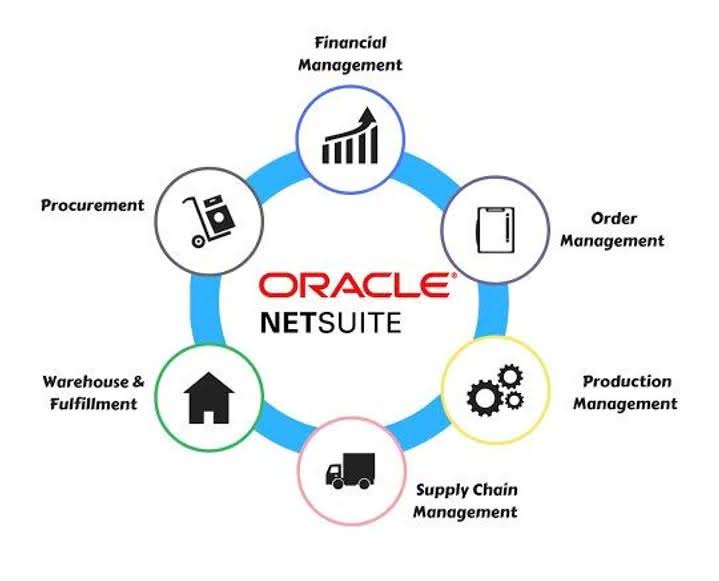
Instead, the seller offers a certain credit period to the buyer for making the payment. In accounting, a credit sales transaction creates a receivable in the books of accounts of the seller. It is easiest to calculate net credit sales when cash sales are recorded separately in the accounting records from sales on credit. Also, sales returns and sales allowances should be recorded in separate accounts credit sales are recorded as (or at least aggregated into a separate account). It’s vital that credit sales are accurately recorded in your company books so that you stay on top of any money owed as well as any assets disposed of. How your sale is recorded will depend on the nature of the credit repayment as well as whether there is any interest payable or applicable discounts (such as an early-payment discount) to be applied.
- The journal entry includes the name of the customer, the amount of the sale, and the date of the sale.
- If a customer does not pay within the discount period of 10 days, the net purchase amount (without the discount) is due 30 days after the invoice date.
- The Anderson Boat Company (ABC) generated $100,000 of gross sales in its most recent month.
- If your business is ever audited by any government agency, the sales journal will be one of the first places they look.
- On 1st December, 2019, Prime Enterprises sold computers and laptops to Max Ltd for 1,00,000/- on credit.
- Every transaction that is entered in sales journal essentially results in a debit to accounts receivable account and a credit to sales account.
The vehicles have to qualify under guidelines spelled out in the law, and buyers’ incomes have to fall below limits. We now offer 10 Certificates of Achievement for Introductory Accounting and Bookkeeping. FOB Destination means the ownership of the goods is transferred at the buyer’s dock.
What is a credit sale?
Credit sales often prove useful for those in need of high-value goods that they cannot gather the money to pay for upfront. They can also be a good way for businesses to draw in new customers that may otherwise be put off by financial restrictions. Find out everything you need to know about credit sales in accounting, as well as the advantages and disadvantages of credit https://www.bookstime.com/ sales, right here. A business model where only cash is the accepted form of payment would, of course, be the most efficient and increase a company’s liquidity (and free cash flow). However, while the revenue may be recognized on the current period income statement, the cash component of the payment obligation on the customer’s end has not yet been fulfilled.
Get instant access to video lessons taught by experienced investment bankers. Learn financial statement modeling, DCF, M&A, LBO, Comps and Excel shortcuts. However, acceptance of credit purchases has become the norm across practically all industries, especially among consumers, as confirmed by the prevalence of credit purchases (i.e. credit cards) in the retail space.
How to Account credit sales?
The data in your sales journal can give you valuable insights into your business’s performance. For example, if you see that sales are slow during certain months or times of day, you can take steps to address the issue. If you have a complete and accurate sales journal, it will make preparing your business taxes much easier come tax time. Sellers benefit from an increased ability to sell more expensive items as consumers no longer need to make large upfront payments, while buyers benefit from being able to purchase products now and pay later. The primary difference between all three sales types is the payment timing. There are cases in which a sale is reversed (perhaps due to a product return) or reduced (perhaps due to the application of a volume discount).
- If Michael pays the amount owed ($10,000) within 10 days, he would be able to enjoy a 5% discount.
- If the sale is made with the terms FOB Shipping Point, the ownership of the goods is transferred at the seller’s dock.
- The journal entry would be debited for the Accounts Receivable and credited for the inventory.
- Until the customer pays the company the amount owed in cash, the value of the unmet payment sits on the balance sheet as accounts receivable (A/R).
- Using the example from above, let’s illustrate how the credit term of 2/10, net 30 works.
If the sale is not paid for, the journal entry remains on the customer’s account until it is paid off. Sales credit journal entries are an important part of keeping track of sales and Accounts Receivable. Sales credit journal entries are also commonly used when businesses offer finance to customers. For example, let’s say you sell cars and offer customers the option of financing their purchase over three years. To record the sale, you would make a sales credit journal entry that includes a debit to Accounts Receivable and a credit to Sales. A credit sales journal entry is a type of bookkeeping transaction used to record the sale of goods or services on credit.
